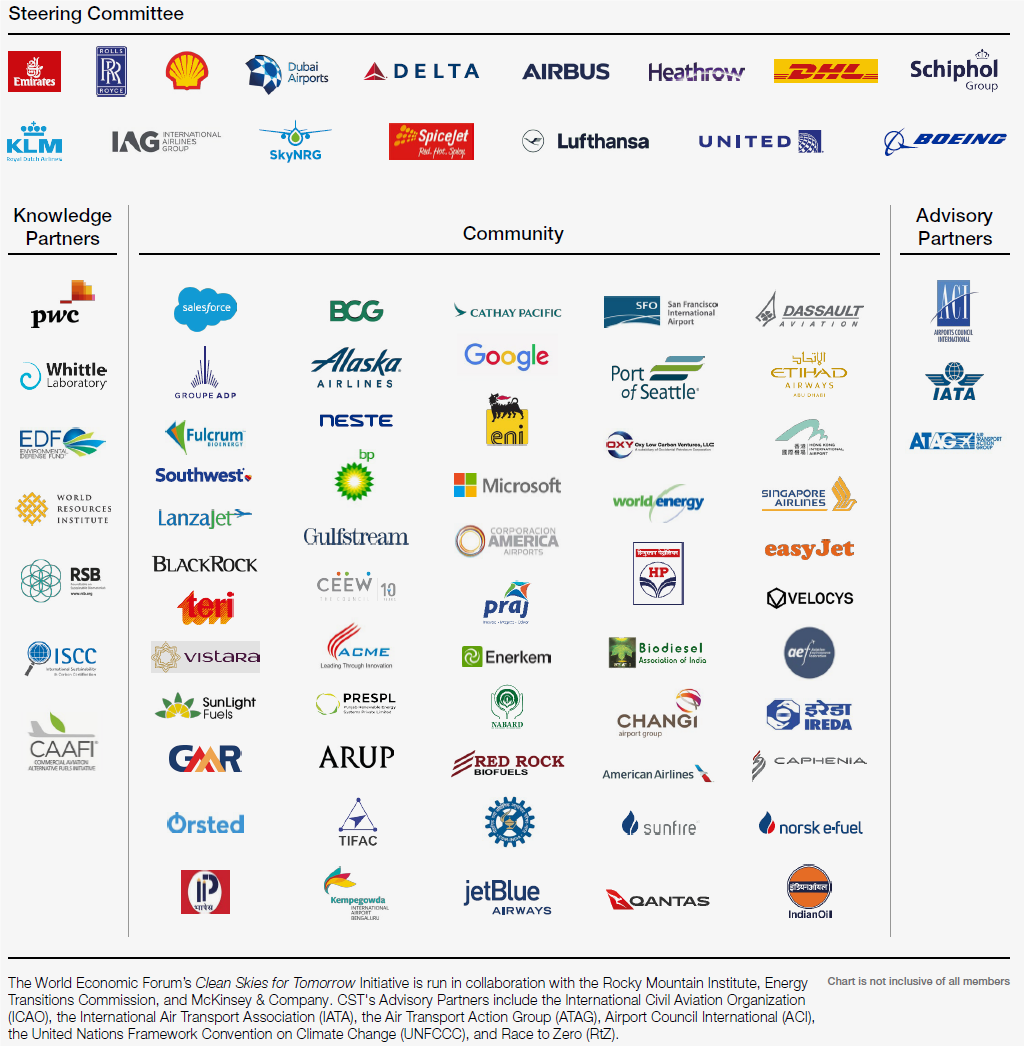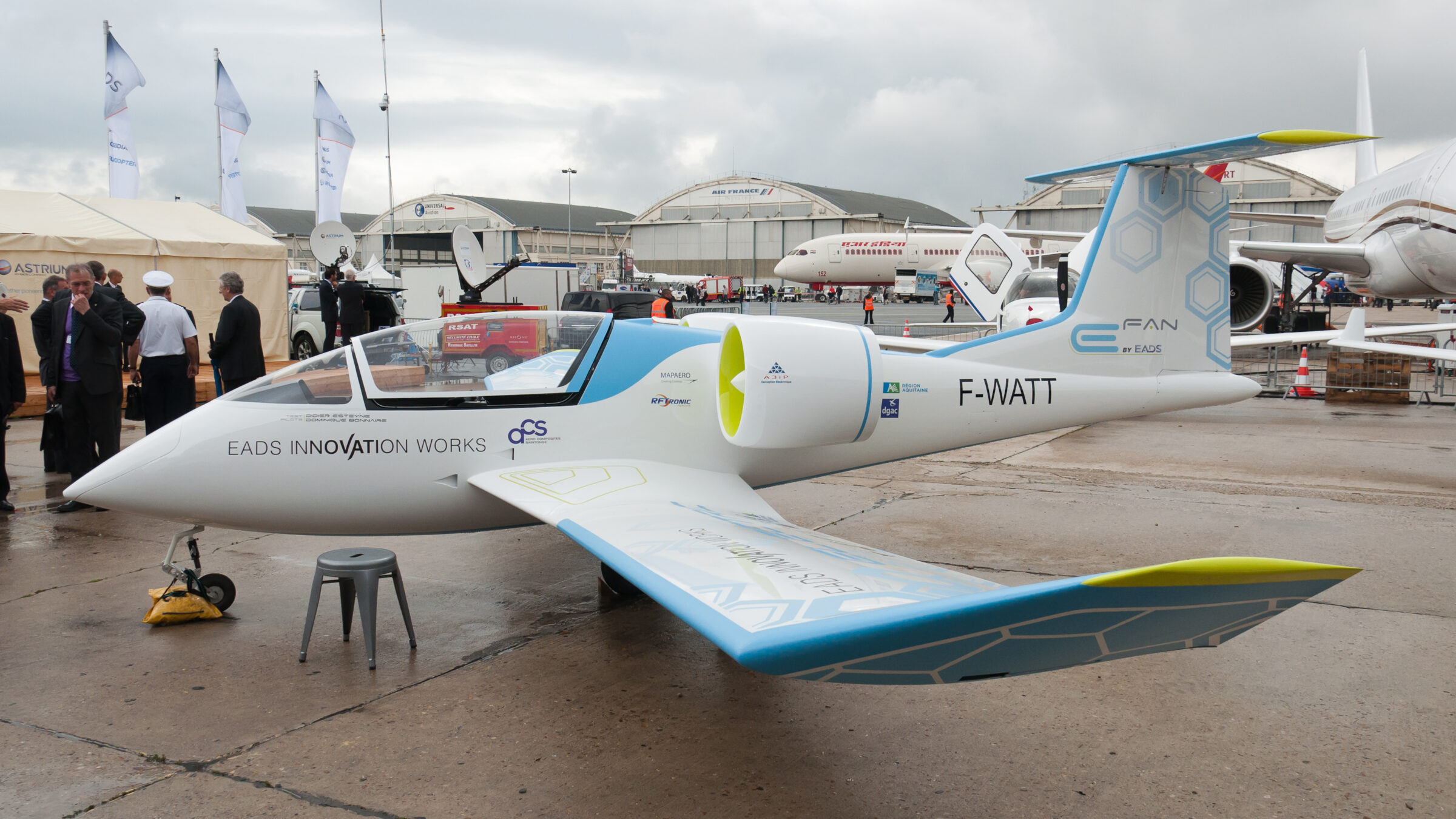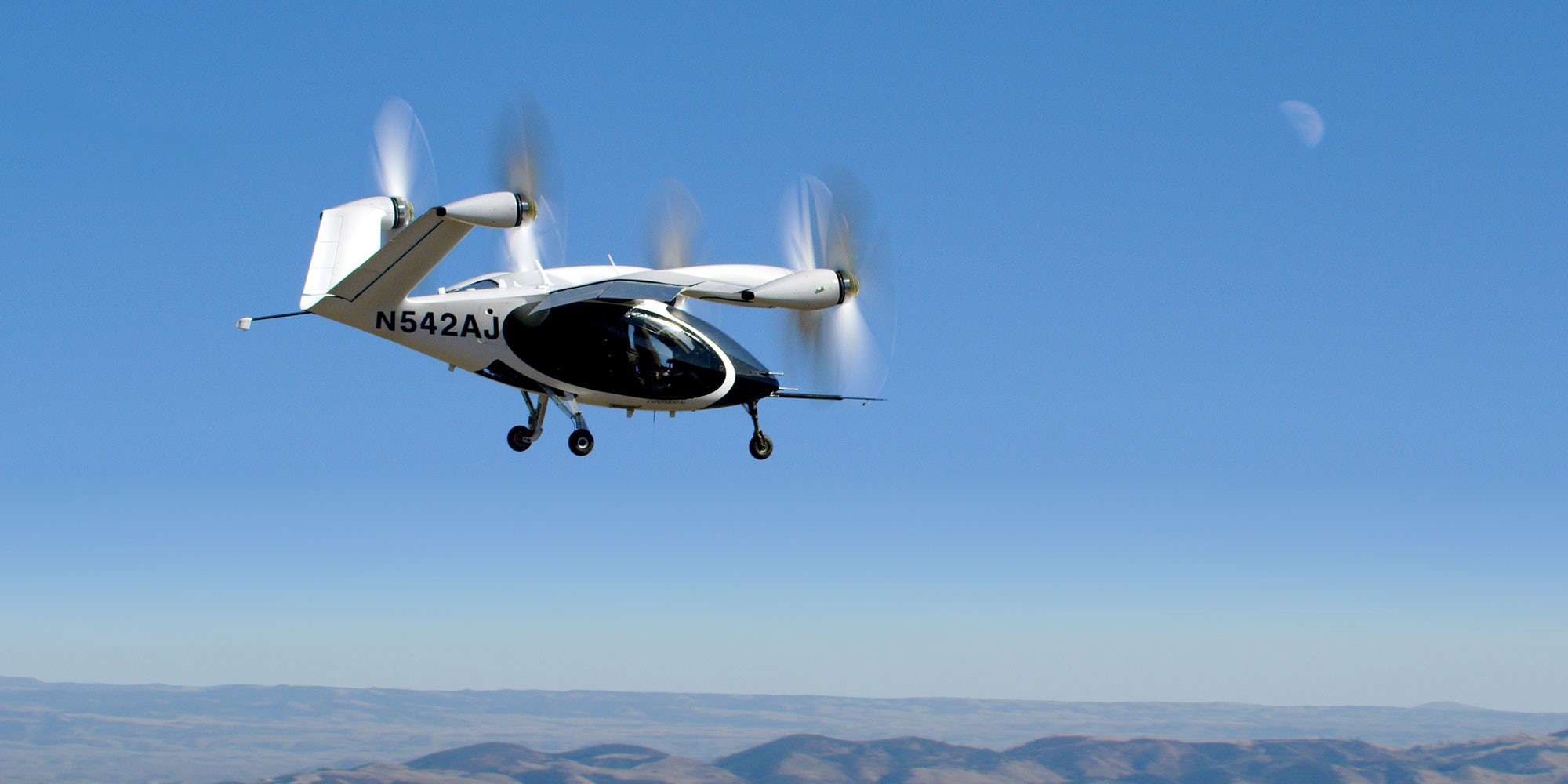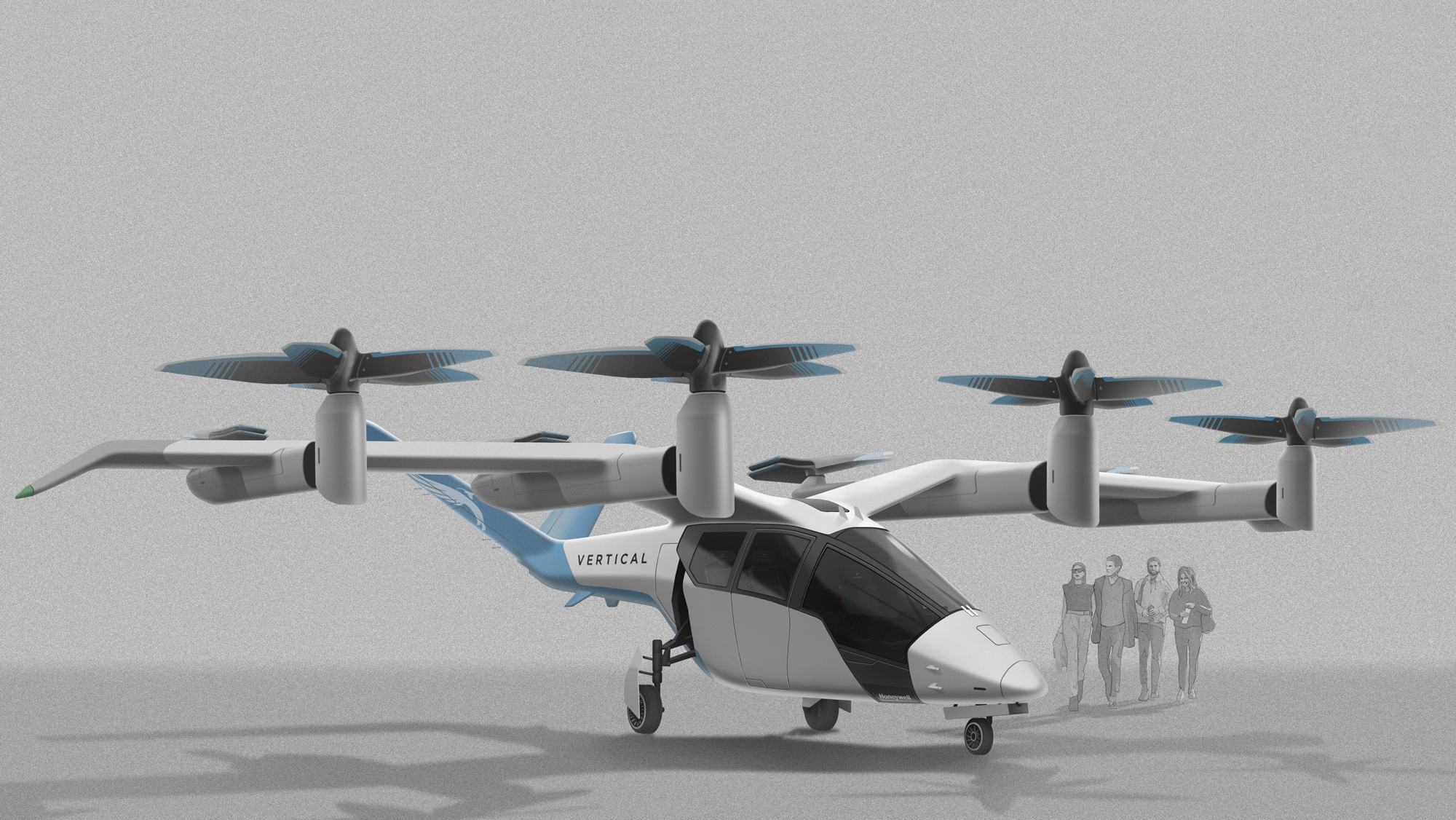Leeham News and Analysis
There's more to real news than a news release.
Bjorn’s Corner: Sustainable Air Transport. Part 56. SAF non-CO2 effects
February 3, 2023, ©. Leeham News: We’ve gone through the composition of Sustainable Aviation Fuel, SAF, its production, and its cost. We’ve also discussed its effect on CO2 emissions from Air Transport.
An important part of SAF’s advantages is its effect on non-CO2 emissions. It stems from its low content of Sulphur and Aromatic hydrocarbons.
Bjorn’s Corner: Sustainable Air Transport. Part 54. Sustainable Aviation Fuel Production
January 20, 2023, ©. Leeham News: Having introduced Sustainable Aviation Fuel, SAF, as essential for reducing Green House Gases (GHG) until 2050, we now look at how SAF is produced, what pathways from feedstock to SAF are the main ones, and what are the short and long-term potentials of the different pathways.
I was helped to grasp the area by Neste’s EVP of Renewable Aviation fuel, Thorsten Lange, who, after we met when he presented at the Airbus Summit in November (Neste is a leading SAF producer), took the time to explain the subject to me last week. He also recommended a report we use to understand SAF.
2023 outlook for Sustainable Aviation
Subscription required
By Bjorn Fehrm
Jan. 16, 2023, © Leeham News: In the years from 2015, Sustainable Aviation awareness has grown from “something interesting, but will it be needed?” to “how do we fix the environmental issues we have fast enough.” Scientists saw what happened 20 years ago, but the general public didn’t react until it affected everyday life.
The development of more Sustainable Aviation solutions has taken a similar route. Until 2015 the changes to morph aviation into a more sustainable path were a scientific discussion. At Le Bourget Air Show 2015, Airbus presented the E-Fan (Figure 1) that would cross the English Channel the following month. It started an intense debate about sustainable propulsion concepts for aircraft.
Eight years later, where are we today, and what will happen in 2023?
Summary:
- The year will witness the “separation of the wheat from the chaff.” Viable concepts will prove themselves, and thin concepts, technically or funding-wise, will fail.
- We have a number of first flights from interesting projects. Several are in the “wheat” category.
Bjorn’s Corner: Sustainable Air Transport. Part 53. Sustainable Aviation Fuel
January 13, 2023, ©. Leeham News: Last week, we could see in an example how effective Sustainable Aviation Fuel, SAF, blended into our regular Jet fuel, would be in reducing CO2 emissions until 2050.
It’s the only technology that can substantially influence our emissions over the next 30 years, as alternate technologies like hydrogen-fueled airliners need to ramp to thousands of aircraft before it affects emissions.
To understand SAF and how it can be produced and blended into Jet fuel, we first need to understand what Jet fuel is.
Bjorn’s Corner: Sustainable Air Transport. Part 52. What can be done before 2050?
January 6, 2023, ©. Leeham News: Since we started this series about our Air Transports and their pollution, we have covered different schemes of reduction such as improved Air Traffic Control (ATC), change to electric aircraft (battery/hybrids) or hydrogen as fuel, and lastly, eVTOLs.
Of these changes, only ATC can have a short-term effect, but it’s a slow mover for organizational reasons.
Changes to how our aircraft are propelled are, unfortunately, longer-term improvements, as we see in an example below.
But we need fast change. We’ve had the craziest of summer and now winter in Europe, where I live, and it’s not a one-time variation. And this is not confined to Europe; the weather change is faster than we thought, and it’s worldwide.
So what can we do?
Bjorn’s Corner: Sustainable Air Transport. Part 51. eVTOL wrap.
December 23, 2022, ©. Leeham News: After 25 articles about the eVTOL, it’s time for a wrap. We have looked at most aspects of this new form of air transportation, including how sustainable it is.
Today we summarize what we found before we go on to the next subject in Sustainable Air Transport.
Universal Hydrogen’s ATR72 Project
Subscription required
By Bjorn Fehrm
Dec. 22, 2022, © Leeham News: Last week, we wrote about Universal Hydrogen’s (UH2) plans to fly a hydrogen-fueled demonstrator aircraft in early 2023, followed by a certified conversion kit for an ATR72 airliner mid-decade.
The plans for the ATR72 hydrogen conversion are at an advanced state. As the first publication, we can describe the overall design and the technical details. The ATR72 implementation brings improvements in several areas compared with what’s been revealed before.
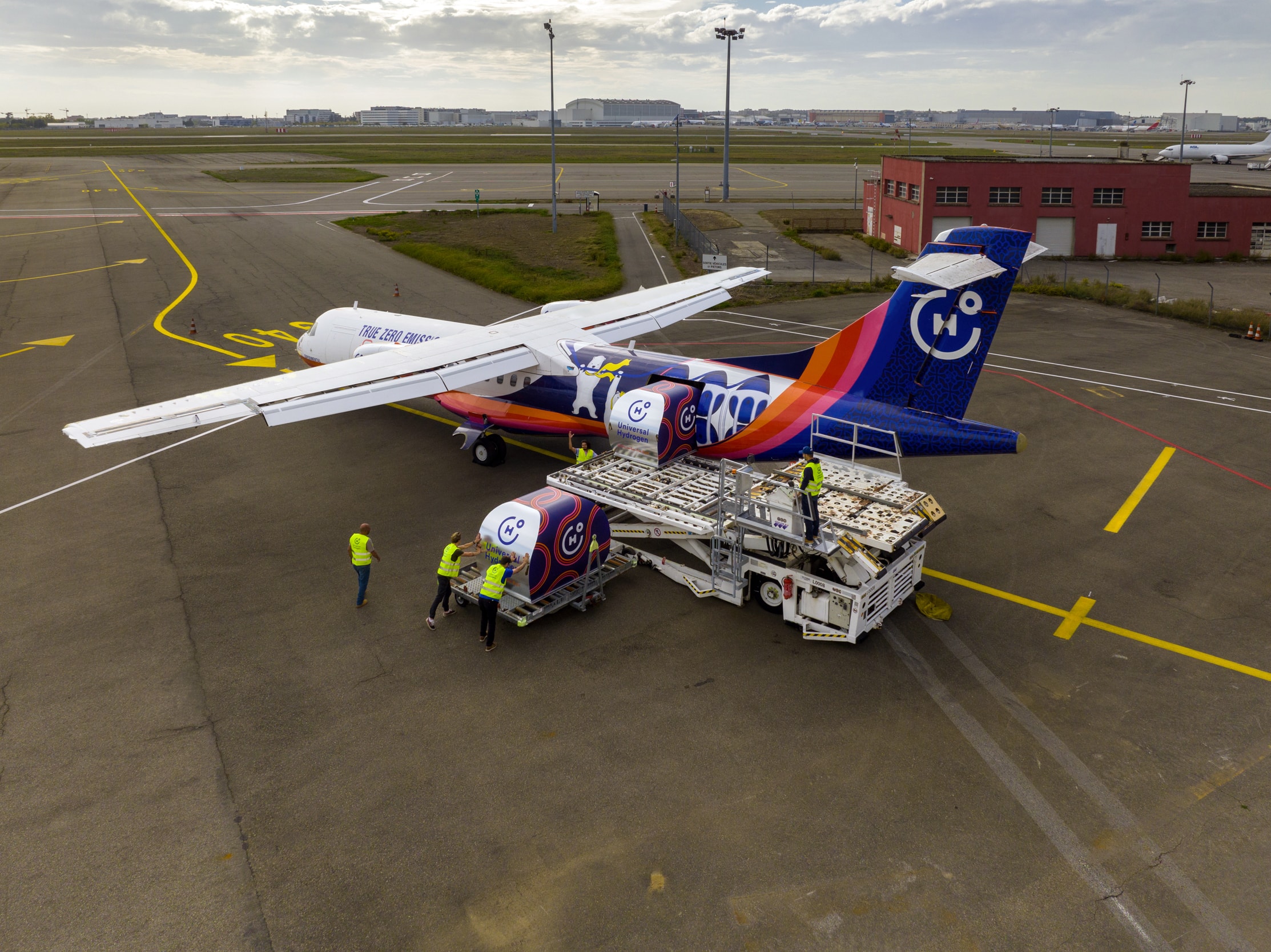
Figure 1. Hydrogen tank modules are loaded onto an ATR 72 using standard freight handling equipment. Source: Universal Hydrogen.
Summary:
- The target ATR72 conversion improves hydrogen capacity and handling compared to earlier concepts.
- The influence on the ATR seating capacity is reduced due to more efficient packaging on the aircraft.
Bjorn’s Corner: Sustainable Air Transport. Part 50. eVTOL production volumes.
December 16, 2022, ©. Leeham News: Last week, we looked at the production costs of our typical eVTOL. We could see that it was far higher than Joby’s assumption of $1.3m for the S4, about three times higher for units above 500 and even higher for earlier units.
Let’s examine where such cost numbers come from. It’s about production ramp hockey sticks and numbers never seen before. Are these credible?
Universal Hydrogen could be first with Hydrogen Airliner
Subscription required
By Scott Hamilton and Bjorn Fehrm
Dec. 15, 2022, © Leeham News: Universal Hydrogen (UH2) is perhaps weeks away from its first flight of a demonstrator that equips a De Havilland Canada Dash 8-300 with tanks of hydrogen and a fuel cell electric propulsion unit. The project shall prove the feasibility of hydrogen-fueled airliners.
The first flight’s date hasn’t been firmly set, but officials at UH2 told LNA it should be soon. Taxi tests of the aircraft will begin in the coming weeks. The flight will occur at Moses Lake in Central Washington State.
Universal Hydrogen supplies its hydrogen to the aircraft in prefilled barrel-sized tanks, called capsules, to avoid the lengthy and costly investment in storing and filling infrastructure at airports. The proof of concept is with a Dash 8, followed by a complete hydrogen conversion kit for an ATR-72 turboprop airliner.

Figure 1. Hydrogen tank pallets are loaded onto an ATR 72 by standard cargo loaders. Source: Universal Hydrogen.
Summary:
- The core business of Universal Hydrogen is the prefilled hydrogen tanks that load onto the aircraft in pallets.
- Universal Hydrogen builds the complete hydrogen fuel and propulsion system to prove and bootstrap the concept of hydrogen airliners.





